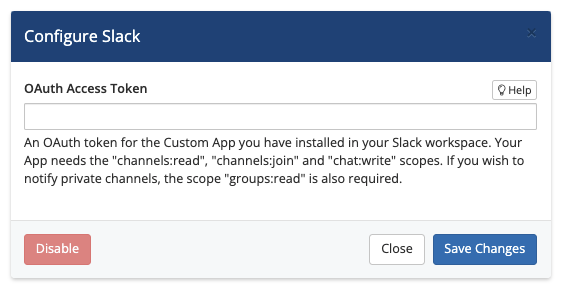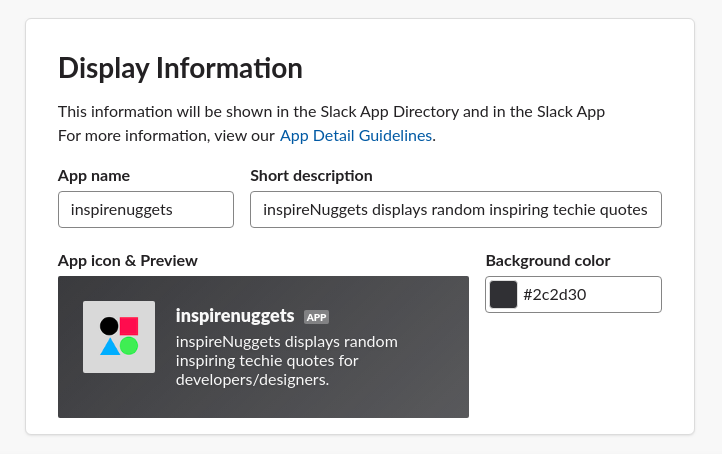

Open in your browser, where is the 11-character alphanumeric identifier (starting with 'A') for your Slack app.įor example, .While creating the Slack app, you must configure a Redirect (callback) URL for Slack to verify and authorize the communication between the app and your SnapLogic environment.

Select this check box to specify that Slack uses the bearer header authentication. See Revoke All OAuth Tokens to learn more about revoking all your OAuth tokens, if required.

If you have an Enterprise Admin account, you can set an expiry duration for your app's user token. You can create a Slack Dynamic OAuth2 account for a Bot User or a generic user.īy default, Slack tokens do not expire. User Tokens can perform all actions on individual workspaces, but the Enterprise Grid-based operations require User Tokens of a Slack Enterprise Admin or Owner.Bot Tokens do not work with the Search, Channel Operations, and Workspace Operations Snaps.Once you install the app in your workspace, you can find these tokens in the page, where is your application ID, which is populated in the browser's address bar after installing your app. See Start building Slack apps for details about creating an app. Redirect (callback) URLs. See Configuring Redirect URLs for your app for details.Valid Slack app that provides the following details: During validation and execution, Pipelines obtain the credentials directly from the secrets manager. Orgs using Secrets Management provide the information necessary to retrieve the secrets in expression-enabled dynamic Account fields. Dynamic Account types support Secrets Management, a SnapLogic add-on that allows you to store endpoint credentials in a third-party secrets manager.


 0 kommentar(er)
0 kommentar(er)
